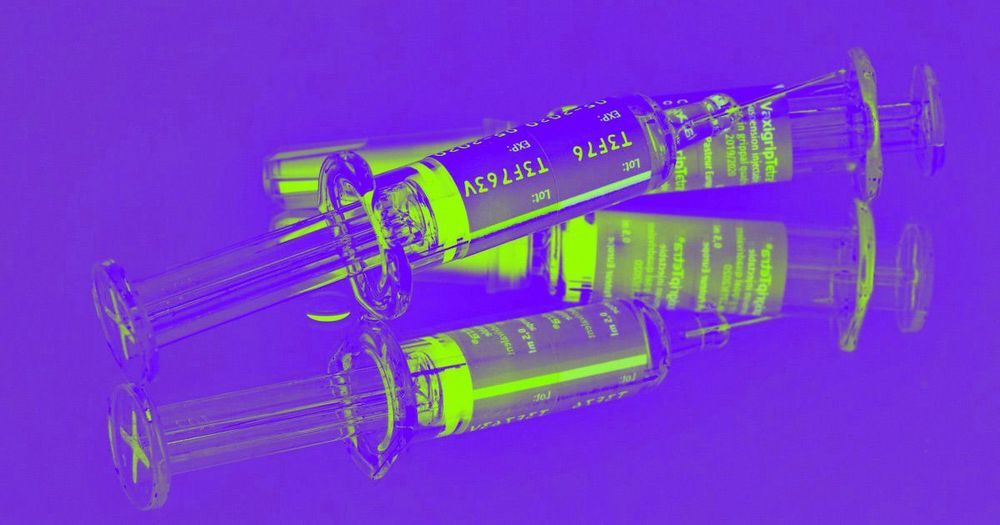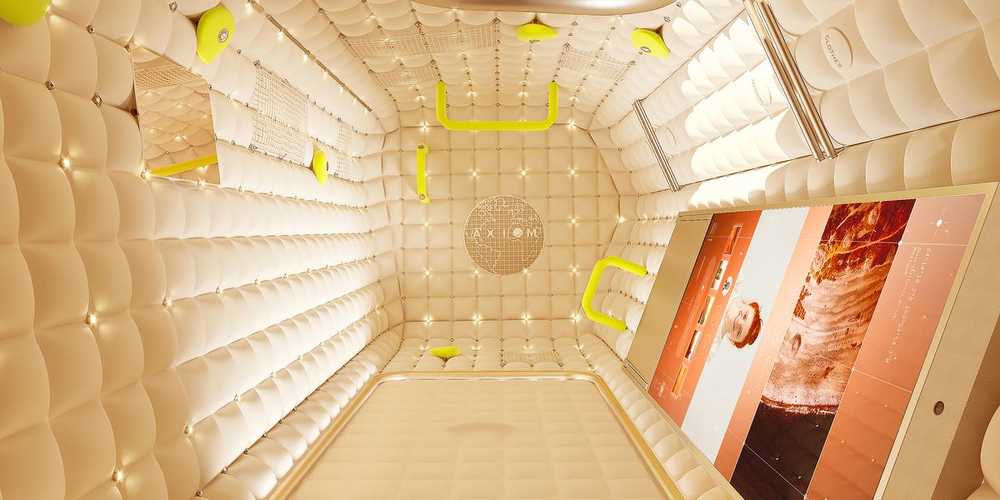‘This is the first time I have seen such a dramatic drop-off over such a wide area for a specific event,’ says NASA scientist.
Get the latest international news and world events from around the world.

Health officials: Dozens at Kirkland nursing facility reporting symptoms that might suggest coronavirus
Wuhan coronavirus pandemic — kirkland, washington.
Cluster of 50 people sick at a single retirement home where 2 have been confirmed to have Wuhan Coronavirus.
KIRKLAND, Wash. — Dozens of residents and staff at Life Care Center of Kirkland, a nursing and rehab facility, are reporting symptoms that might suggest coronavirus, according to a statement from King County Public Health.

This years-old vaccine may protect against COVID-19
As doctors around the world continue to mobilize against the coronavirus COVID-19 and try to develop a vaccine, one doctor thinks he may have an ace in the hole.
Years ago, Peter Hotez, a vaccine and infectious disease specialist at Baylor College of Medicine, worked on a vaccine that protected lab mice from SARS, according to the Houston Chronicle.
The project was abandoned and the vaccine never tested on humans because it took until 2016 — 16 years after the SARS outbreak ended — to manufacture it. But now, Hotez suspects that minor adjustments could turn it into a viable defense against COVID-19.
CropBox: A Farm in a Shipping Container
CropBox is a shipping container farm system featuring the latest technology in precision farming.


This Superyacht Produces Hydrogen From Seawater As It Sails
The world’s first self-sufficient sea vessel, Energy Observer, is due to leave her home port of Saint-Malo in Brittany, France, over the next few days on the first leg of a global voyage to test and promote renewable energy technologies.
This isn’t just any yacht though, it uses nothing but renewable energy sources to run. Specifically, it produces hydrogen from seawater with zero CO2 emissions and zero fine particles.


What should macro policymakers do about the coronavirus?
As coronavirus outbreaks have become more threatening outside China in recent days, attention has turned to the likely damage to global output and to the possible reaction of macroeconomic policymakers. This has become urgent with the catastrophic decline in China’s PMI business surveys yesterday. The question now is whether a global recession can be avoided.
The global economy faces a demand shock focused on services and consumer spending.



Two new ‘breakthrough’ melanoma treatments added to PBS
More than 2000 Australian suffering from advanced melanoma will soon receive financial relief with an expansion of treatments on the Pharmaceutical Benefits Scheme, federal Health Minister Greg Hunt says.
From March 1 the PBS listed Opdivo (nivolumab) will be expanded, assisting 1500 patients who might otherwise pay more than $100,000 per course of treatment without the PBS subsidy.
“Opdivo is a breakthrough immunotherapy which works by blocking proteins and helping the body’s own immune system to find, attack and destroy cancer cells,” Mr Hunt said in a statement on Sunday.